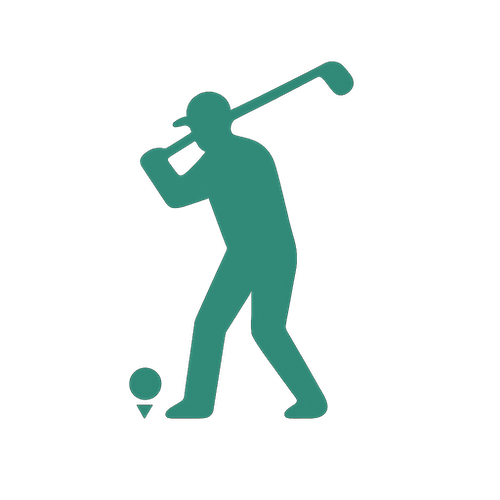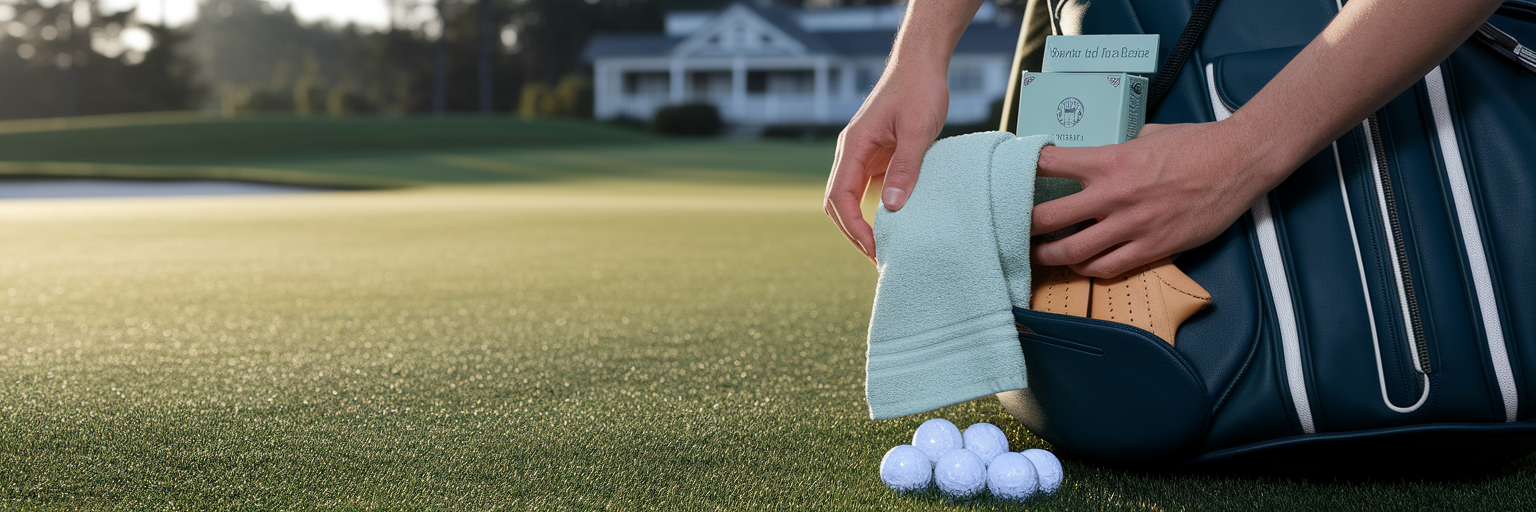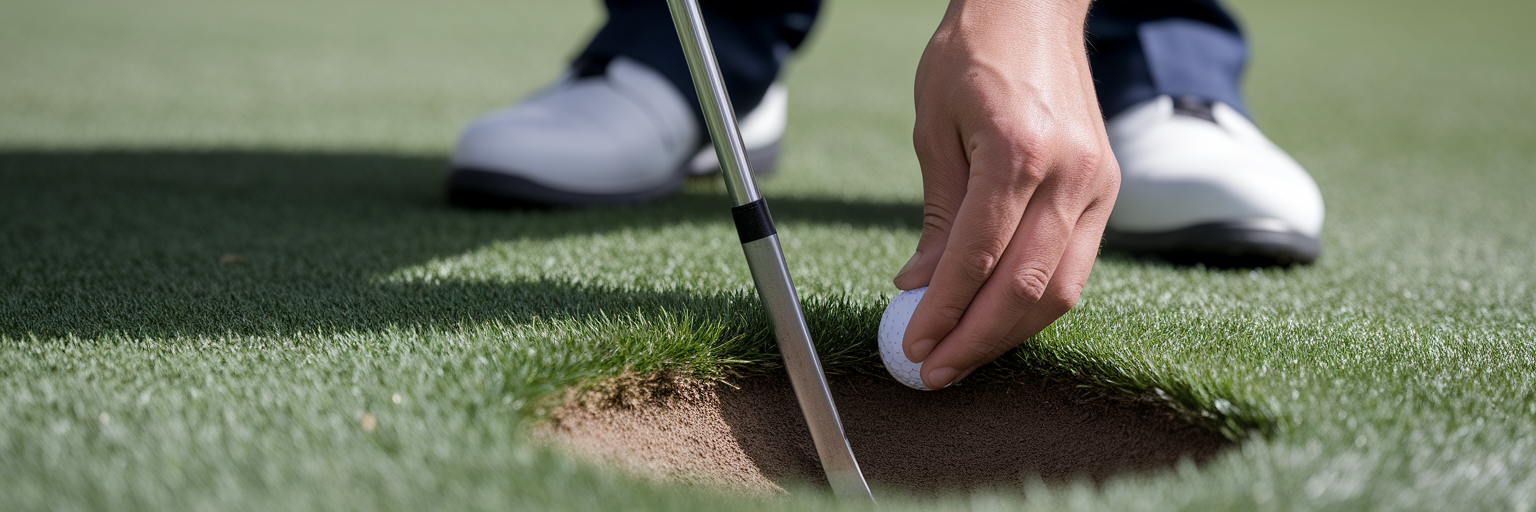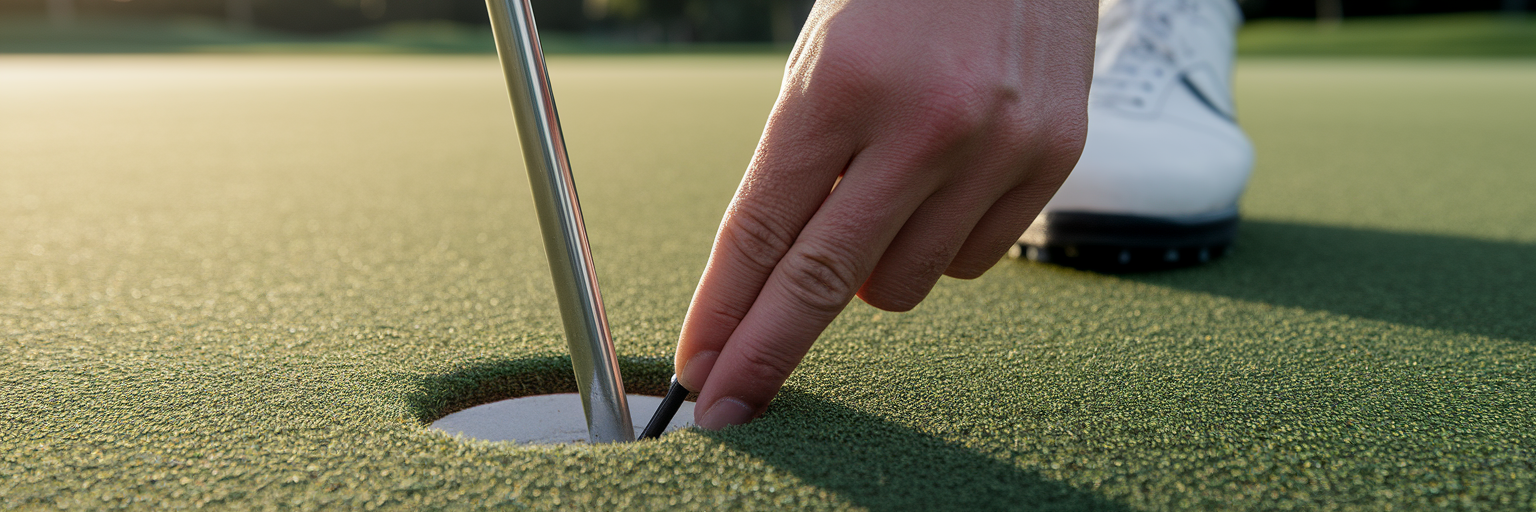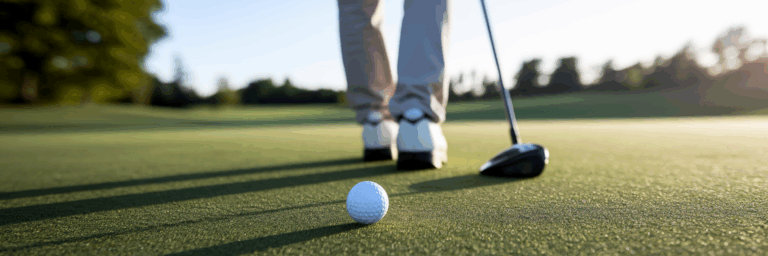Essential Golf Etiquette Every Beginner Should Know
More Than Just a Game: Why Etiquette Matters
Golf is often seen as a test of skill, but it is equally a social experience built on mutual respect. Think of golf etiquette not as a list of strict rules, but as a shared code of conduct that ensures everyone on the course has a safe and enjoyable time. Many beginners worry about breaking these "unwritten rules," but learning the fundamentals is the quickest way to feel comfortable and confident. In fact, understanding etiquette is just as important to learning how to play golf as mastering your swing.
These basic golf rules for beginners are not meant to be intimidating. They simply revolve around three core ideas: respecting your fellow players, maintaining a good pace of play, and caring for the course itself. By keeping these principles in mind, you will not only show respect for the game but also earn the respect of other golfers.
Preparing for a Successful Round
A great round of golf begins long before you step onto the first tee. Arriving prepared sets a calm, positive tone for your entire game and shows respect for your playing partners and the course staff. We have all felt the stress of running late, and it is a feeling that has no place on the golf course. By following a few simple steps, you can walk to the first tee feeling organised and ready to focus on your game.
Here is what to do when you arrive:
- Arrive Early: Plan to get to the course at least 30 minutes before your scheduled tee time. This gives you plenty of time to check in, drop your bag, and warm up without feeling rushed.
- Check the Dress Code: Most golf courses have a dress code. A quick look at the course’s website beforehand can save you from an awkward situation. Typically, this means a collared shirt and no denim.
- Know Where to Go: When you arrive, head to the pro shop to check in and pay for your round. There is usually a designated "bag drop" area where you can leave your clubs before you park.
- Prepare Your Gear: Before you leave the practice area, make sure your bag is organised. Have a few golf balls, tees, a ball marker, and a divot repair tool in an easily accessible pocket. Also, pack a water bottle and a simple snack like a banana to maintain your energy levels.
Your Pre-Round Preparation Checklist
| Action Item | Why It's Important | Pro Tip |
|---|---|---|
| Arrive 30+ Mins Early | Allows time to check in, warm up, and avoid stress. | Use the extra time for a few practice putts to get a feel for the greens. |
| Confirm Dress Code | Shows respect for the course and avoids being turned away. | When in doubt, a collared shirt and non-denim trousers or shorts are a safe bet. |
| Organize Your Bag | Prevents delays on the course looking for gear. | Keep balls, tees, and your glove in an easily accessible pocket. |
| Hydrate and Snack | Maintains energy and focus throughout the round. | Pack a water bottle and a banana or granola bar. |
This checklist summarises the key steps to take before your round begins. Following it helps ensure you start your game feeling prepared, confident, and ready to play.
Conduct on the Tee Box
The tee box, where each hole begins, has its own set of etiquette rules designed for safety and respect. The player with the best score on the previous hole usually hits first, a tradition known as having "honors." On the first tee, this is often decided by a friendly gesture like flipping a tee.
When it is not your turn, the most important thing is to stand where you will not distract the person hitting. Position yourself safely behind the player and to the side, out of their line of sight. Avoid standing directly behind them or where your shadow might cross their ball. One of the most fundamental traditions is to remain silent while others are hitting. As the Marion Lake Club notes, concentration is key to a good shot, and even small distractions can disrupt a player's focus. This is a clear example of what not to do on a golf course: never talk or move during someone's swing.
Remember to tee your ball up between the two tee markers, and you can stand up to two club-lengths behind them. To keep the game moving, be ready to hit when it is your turn. Have your club selected and your tee in hand.
Navigating the Fairway with Courtesy
Once everyone has teed off, the game moves to the fairway. This is where pace of play and safety become top priorities. Good fairway etiquette ensures the game flows smoothly and everyone stays safe.
Maintaining Pace of Play
Slow play is one of the biggest frustrations in golf. The goal is simple: keep up with the group in front of you. If there is an open hole ahead of you, your group may be playing too slowly. To help with improving pace of play golf, walk briskly to your ball and limit yourself to one or two practice swings. To avoid slow play, the PGA recommends that you begin planning your next shot as you approach your ball. This simple habit of thinking ahead, combined with walking at a reasonable speed, is key to an enjoyable round for everyone.
Safety First: The 'Fore!' Call
Safety is non-negotiable. If you ever hit a shot that looks like it might land near another person, you must yell "Fore!" as loudly as you can. Do not be shy or embarrassed. This shout is the universal warning in golf that a ball is heading their way, giving them a chance to take cover. It is your responsibility to alert others to potential danger.
Playing 'Ready Golf'
Traditionally, the player furthest from the hole hits first. However, to speed up play, many golfers play "ready golf." This means that if you are ready to hit and it is safe to do so, you can go ahead, even if you are not the furthest away. Just make sure to communicate with your playing partners so everyone is aware.
Finally, always care for the course. If your swing takes a chunk of turf out of the fairway, creating a "divot," you should replace it. Simply pick up the piece of turf, place it back in the hole, and press down firmly with your foot.
Mastering Etiquette on the Green
The putting green is where the most focus is required, and the etiquette reflects that. The ground is delicate, and the slightest disturbance can affect a putt. Think of the green as the quiet zone of the golf course.
Here are the key rules to follow on the green:
- Avoid Stepping on Putting Lines: The "line" is the imaginary path a player's ball will take to the hole. Stepping on this line can create small indentations that knock a putt offline. Be mindful and walk around other players' lines.
- Mark Your Ball: When your ball is on the green, use a small, flat object like a coin or a ball marker to mark its position. Place the marker directly behind your ball, then pick your ball up. This allows you to clean it and gets it out of the way for other players.
- Tend the Flagstick: If your ball is the furthest from the hole, you may be asked to "tend" the flagstick for another player. This means holding the flagstick and removing it once they have hit their putt. When the flagstick is removed, lay it down gently off the green, never dropping it.
- Stay Quiet and Still: Just as on the tee box, remain silent and still while others are putting. Concentration is critical here, so any movement or noise can be a major distraction.
Once the last person has putted their ball into the hole, pick up the flagstick, place it back in the cup, and leave the green immediately. This allows the group behind you to hit their approach shots without delay.
Leaving the Course Better Than You Found It
A core principle of golf is to leave the course in the same or better condition than you found it. This act of stewardship shows respect for the game, the grounds crew, and the golfers who will play after you. Two key areas where you can make a big difference are sand bunkers and the putting greens.
If your shot lands in a sand bunker, you must rake it smooth after you hit. Enter and exit the bunker at its lowest point to avoid damaging the steep edges. After your shot, use the nearby rake to erase your footprints and the mark made by your ball. Leave the rake outside the bunker, parallel to the fairway.
Another crucial piece of golf course etiquette is repairing ball marks, or "pitch marks," on the green. A ball landing on the soft green often leaves a small crater. Using a divot repair tool, insert the prongs into the turf around the mark and gently push the edges toward the center. Avoid pulling up from the bottom, as this can damage the roots. Finally, gently tap the repaired spot with your putter to smooth the surface.
Following these points of essential golf etiquette for beginners is not about achieving perfection. It is about showing respect for the traditions of the game and the people you share it with. This knowledge is a powerful tool that builds confidence and is a fundamental step in your journey to learn how to play golf. You will not only play better but also become a golfer that others enjoy playing with.
